
How China’s 15th Five-Year Plan Shapes Base Metals Demand
China’s 15th Five-Year Plan (2026-2030) emphasizes high-quality growth, green transformation, and technological self-reliance. This policy pivot will reshape demand for base metals, including copper, aluminium, nickel, tin, lead, and zinc. Investors anticipate strong demand growth in metals that enable electrification, renewable energy, and high-tech manufacturing. Early reactions show optimism in LME copper and aluminium markets.
Copper plays a pivotal role in China’s green and technological ambitions. Grid modernization, EV production, and renewable energy projects all require substantial copper. China plans to invest over $80 billion in electrical infrastructure in 2025 alone. Each electric vehicle uses up to four times more copper than traditional cars, while AI and digital infrastructure further intensify copper demand.
Aluminium demand is set to rise under environmental constraints. Lightweight EVs, high-speed rail, and solar panels drive growth, but primary aluminium production remains capped at 45 million tonnes per year. Expansion relies on secondary production, energy efficiency, and metal recycling. Meanwhile, nickel demand faces limitations due to lithium iron phosphate battery adoption, while tin benefits from high-tech electronics and solar innovations.
Supply and Stability: Lead and Zinc in China’s Green Transition
Lead and zinc maintain stable demand as infrastructure and energy storage metals. Lead remains critical in lead-acid batteries, while zinc supports galvanized steel for construction and energy projects. Growth is modest compared to battery metals, but both metals continue to underpin durable, efficient infrastructure in China. Policy measures for urbanization or stricter environmental rules will influence their global supply and pricing.
SuperMetalPrice Commentary:
China’s 15th Five-Year Plan signals a shift from construction-driven to technology- and electrification-driven metal demand. Copper and aluminium will dominate the green transition, tin will rise with electronics, and nickel will face a nuanced role in EVs. Lead and zinc offer steady demand. Global markets should prepare for selective metal surges, with sustainability and recycling playing increasing roles in supply security.





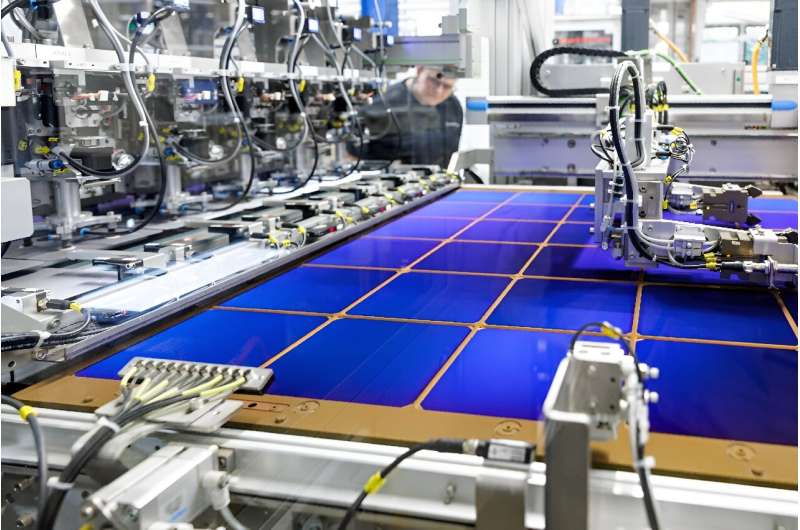

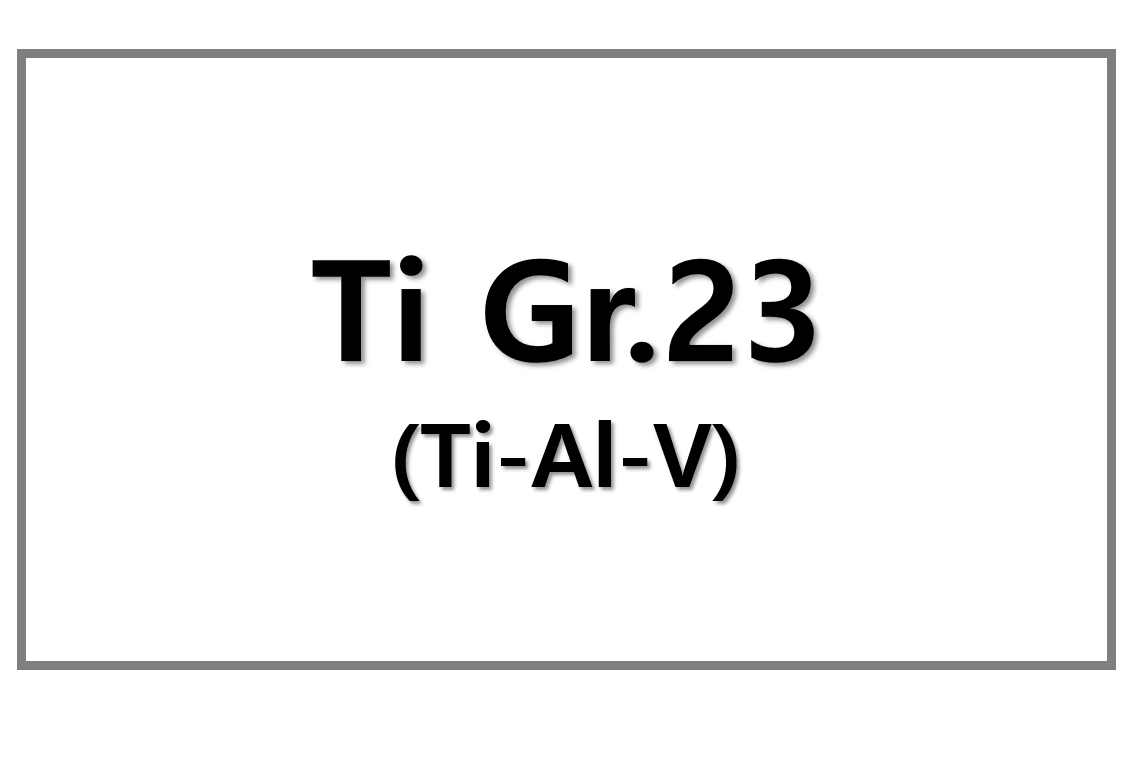
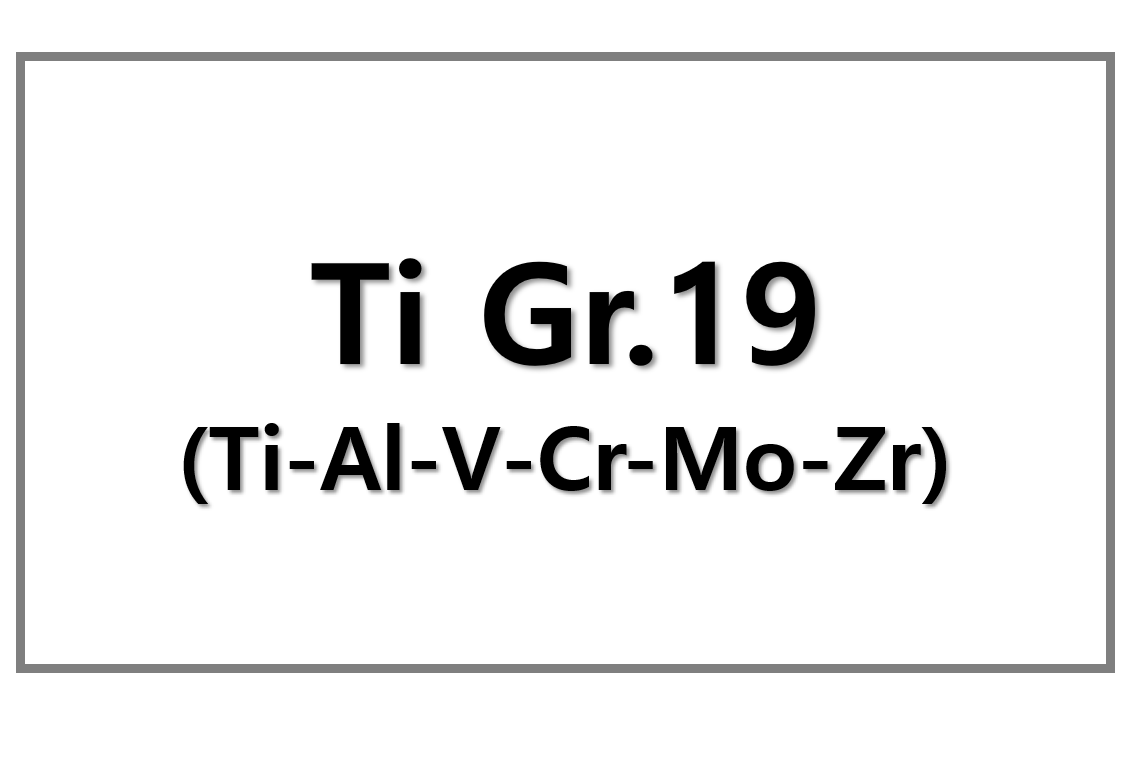
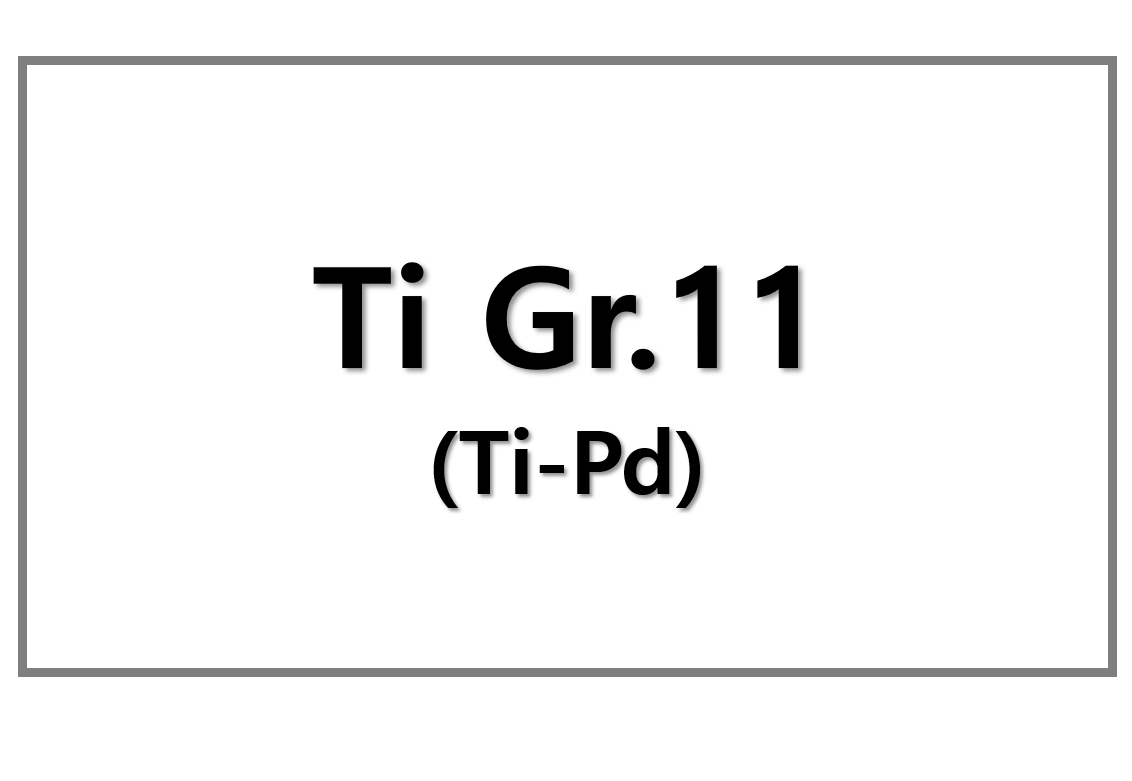
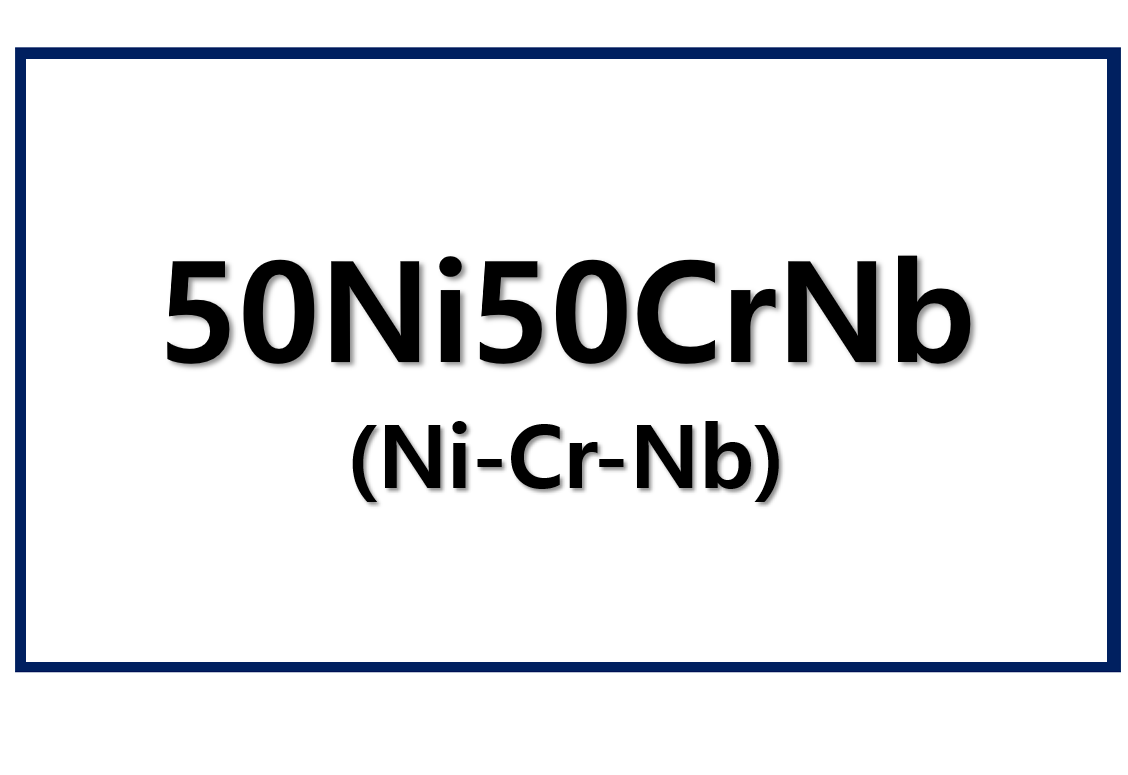
Leave a Reply
You must be logged in to post a comment.